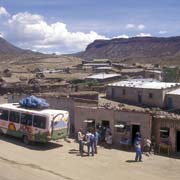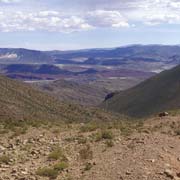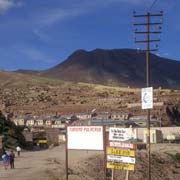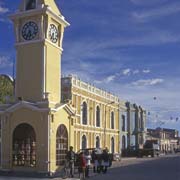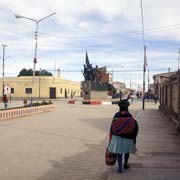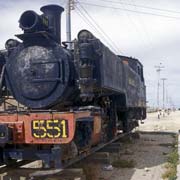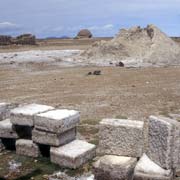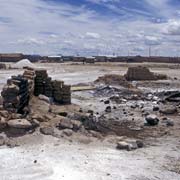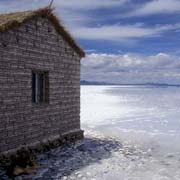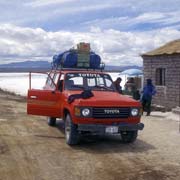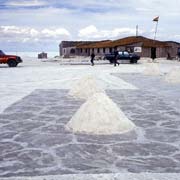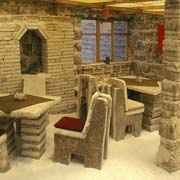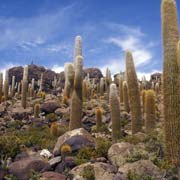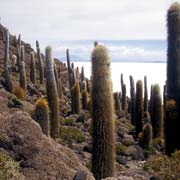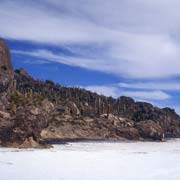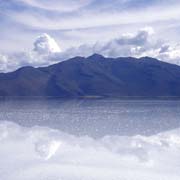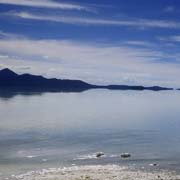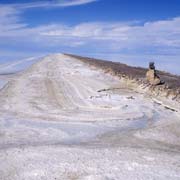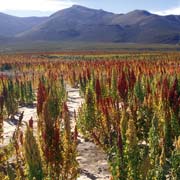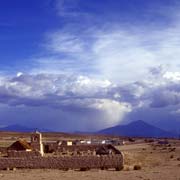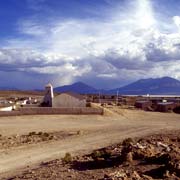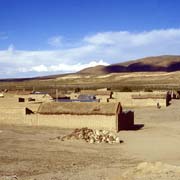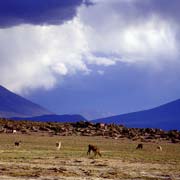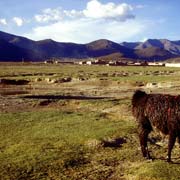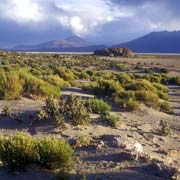Photos of Salar de Uyuni, the world's largest salt flat, Bolivia
Salar de Uyuni, the world's largest salt flat
In the Potosí Department in southwestern Bolivia, the small town of Uyuni was founded in 1890 as a trading post. It is 240 kilometres southwest of Potosí and lies at 3,670 metres above sea level at the edge of a large plain, with the world’s most extensive salt flats, the Salar de Uyuni, nearby. Uyuni is a railway junction with around 10,000 people, a vast street market, and, uniquely, a “train cemetery” with old, rusting steam locomotives.
you may then send it as a postcard if you wish.
Salar de Uyuni (also called Salar de Tunupa) is the world’s largest salt flat with an area of around 11,000 km² at an altitude of 3,650 metres. The site was part of Lake Minchin, a giant prehistoric lake about 40,000 years ago. Eventually, the lake dried up. It left behind two modern lakes, Lago Poopó and Lago Uru Uru, and two salt deserts: Salar de Coipasa and the larger Salar de Uyuni.
Salar de Uyuni is estimated to contain 10 billion tons of salt, of which less than 25,000 tons is extracted annually, with pick and shovel. The salt lake is also a breeding ground for three species of South American flamingos. There are tracks connecting settlements around it and several “islands”, like Isla de Pescadores, with its cactus stands. One of the highlights is the unique Hotel Luna Salada, built entirely out of salt blocks, inside and out. Various travel companies offer trips by four-wheel-drive vehicles around the area.



